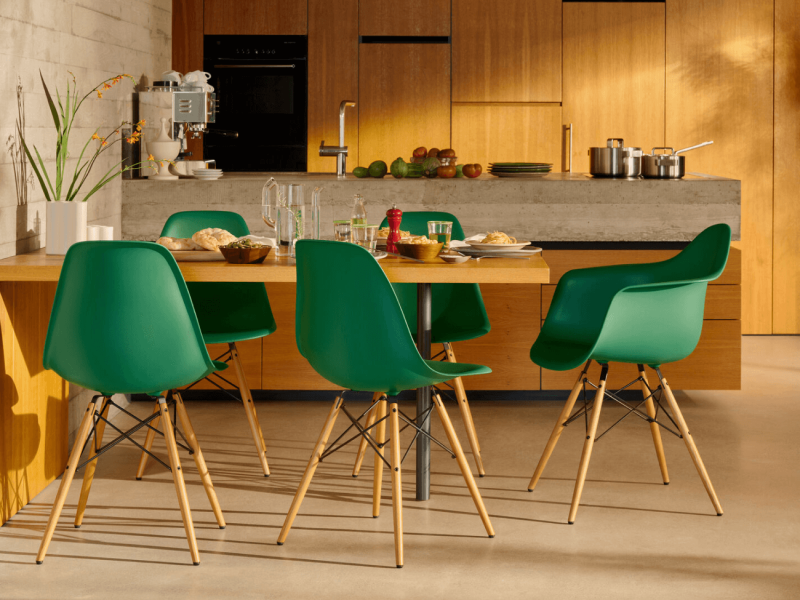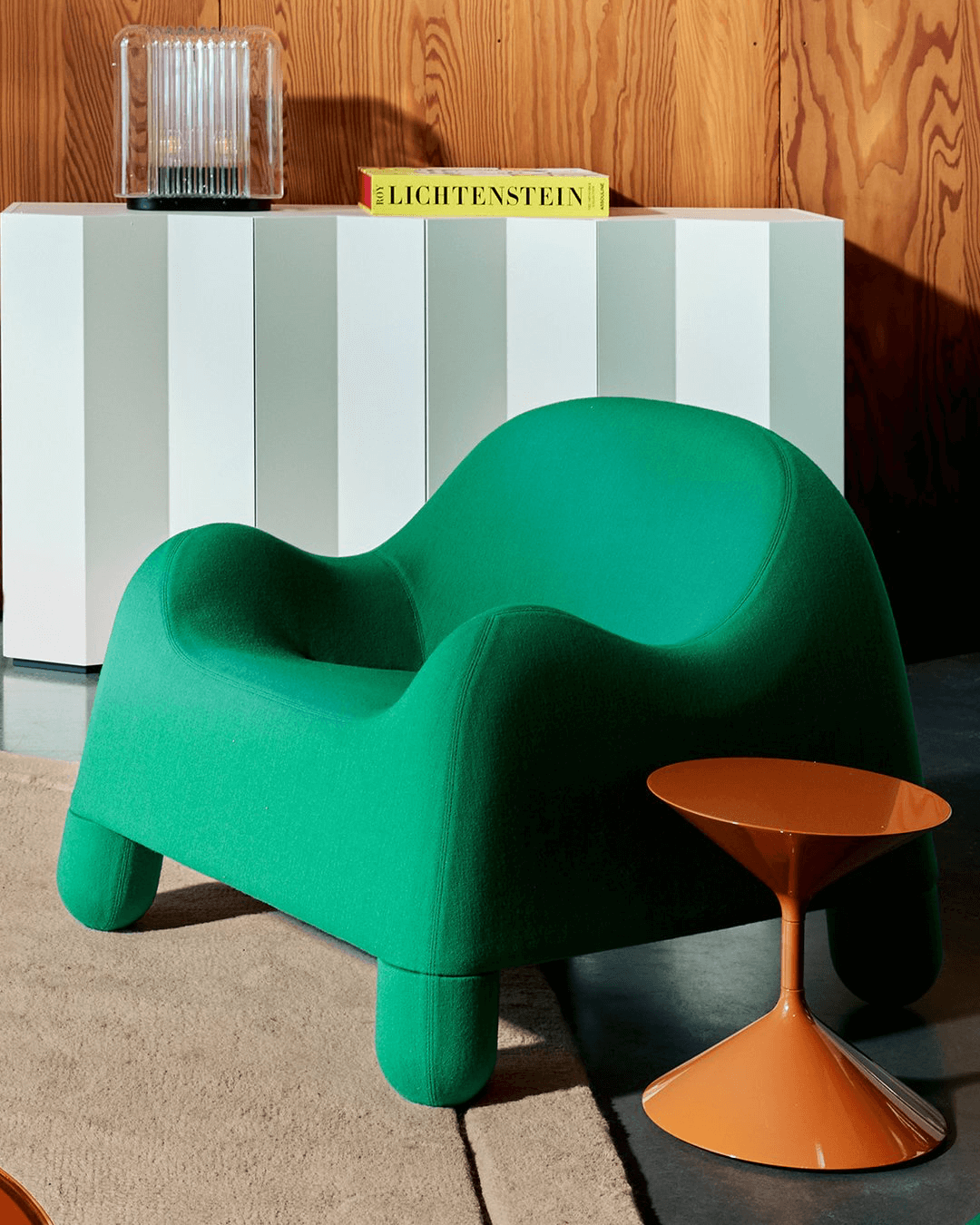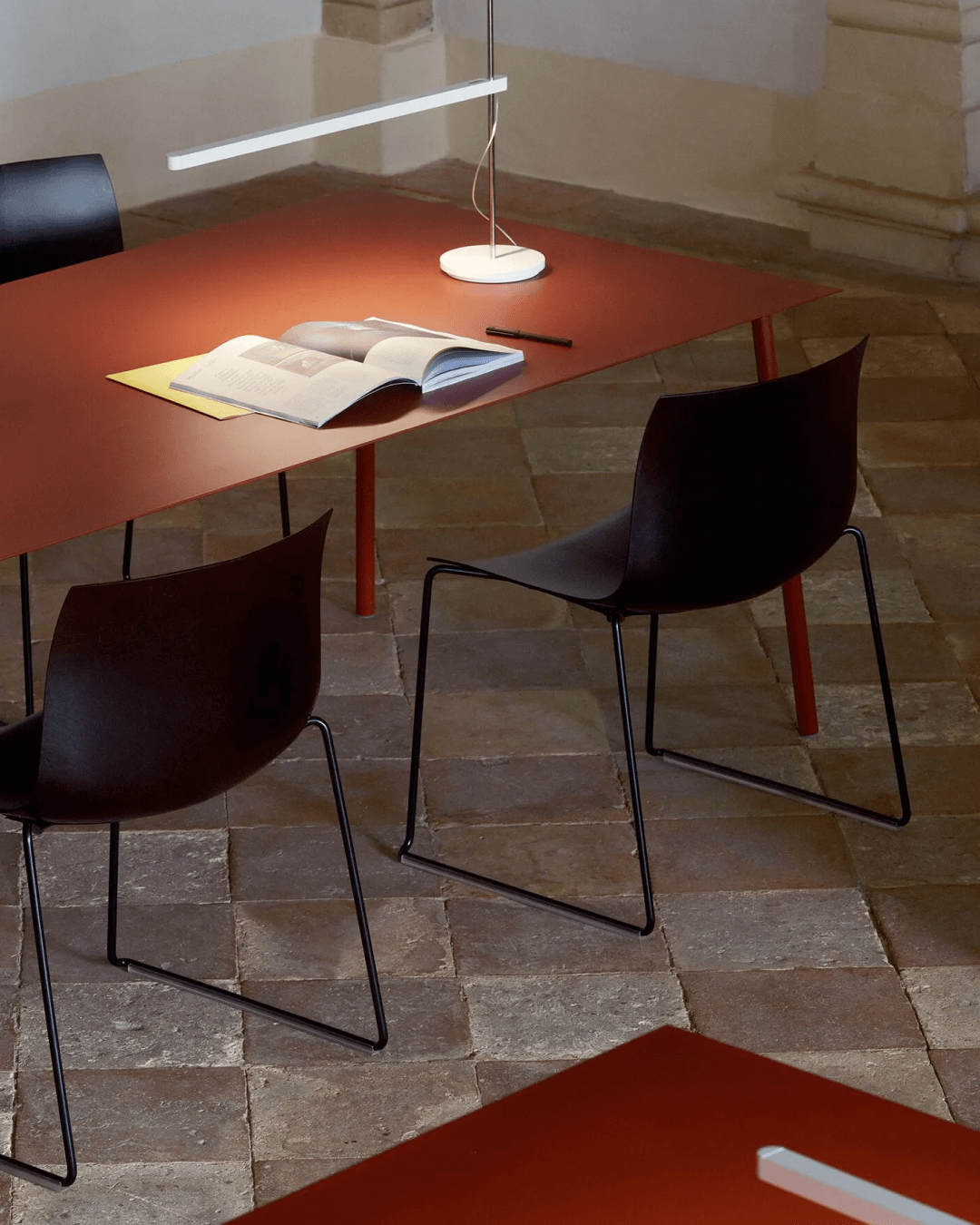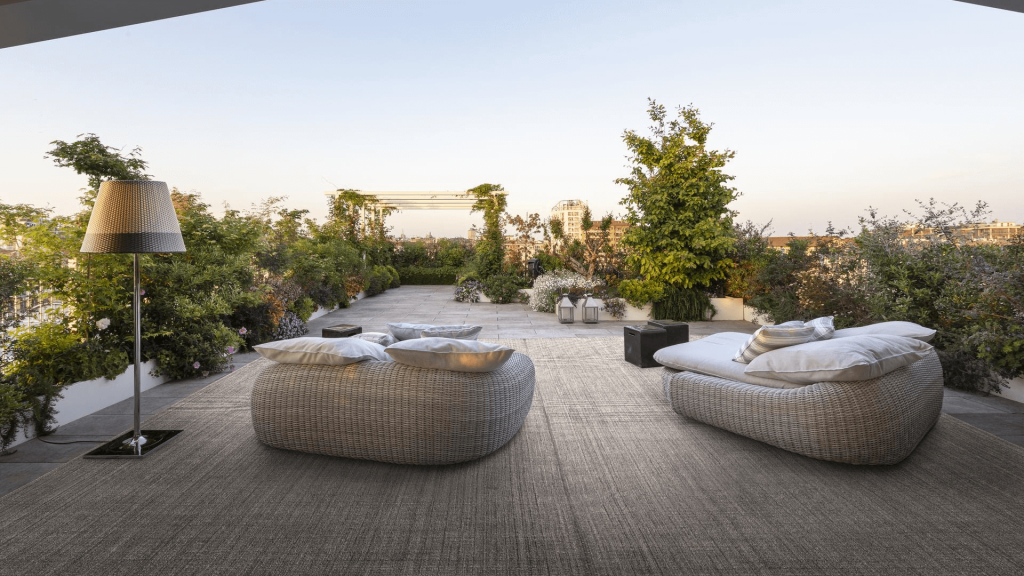Discover our e-shop and access a digital catalogue of over 40.000 design products.
Go to shop8 January 2025

Objects and furnishings made with reusable, biodegradable, recyclable materials, designed with the long life of the product in mind.
“Disrupt more, waste less, and act better” is the motto of the next edition of the Stockholm Furniture Fair, one of the first in the calendar, from 4 to 8 February. Sustainable design will be the heart of the fair’s program and marks the transition from experimentation to definitive adoption of 360° sustainable processes.
An approach that the design industry is adopting in different and widespread ways, starting with the choice of regenerated or easily recyclable materials, or even designed to last over time, giving substance to the product. The production processes are aimed at energy saving and transportation also aims for efficiency. On the one hand, we try to give the product the longest possible life, on the other, we ensure that at the end of its cycle it is easily disassembled to encourage the recovery of the different materials.
The result is more sustainable furniture accompanied by a more conscious and responsible choice of what to put in your home. Also aided by the brilliant intuition of a growing number of companies, to re-edit the most iconic collections in a sustainable version, to best deliver them to future generations.
Icons become sustainable
The icons of 20th century design have been sustainable since the beginning, because by resisting the test of time and trends, they have a long life and can be passed on to subsequent generations as well as move in spaces of a different nature. Companies have taken a further step forward by converting the production processes of these icons and proposing new editions, faithful to the original projects but in a sustainable version.
This is the case of the Gomma armchair by De Pas, D’Urbino, Lomazzi for Zanotta, designed in 1970. Today it is offered with a padding in vegetable-based polyurethane foam, applied without glue, and removable fabric covering.

And Vitra’s choice to produce the chairs of the Eames collection with recycled plastic is even more disruptive. Charles and Ray Eames began designing them in 1950 and since then they have been among the most iconic in the world. In recent years, in agreement with the Eames family, Vitra has been converting all production and the collection will therefore take the name of Plastic Chair RE. The raw material comes from the collection of plastic material for domestic use, in particular packaging, and the resulting shells will in turn be 100% recyclable.

Among the green re-editions, that of Catifa is also very interesting, a chair designed in 2001 by Lievore Altherr Molina for Arper and the company’s first product to have an environmental certification.
In 2024, Arper took a further step forward with Catifa Carta, a version made of PaperShell, a new material derived from wood waste. Arper is the first company to apply this material – obtained by compressing 29 sheets of paper and natural resin – to the production of furniture. And it opens the doors to a new vision in the sector.

New eco-sophisticated projects
While design icons meet sustainability in a sort of second existence, in new projects this characteristic is congenital. Already in the imaginative phase, designers and companies cannot and no longer want to ignore the need to create environmentally innovative furniture and lights.
Sometimes this happens by remaining within the tradition, as in the case of Logica, the desk designed for Tonelli by Fauciglietti Engineering, an independent research and development center that collaborates with companies on specific productions. The tempered glass it is made of is a 100% recyclable material and its essential and timeless design promises multiple lives and placements.

For Flos, Erwan Bouroullec designed the EMI lamp whose body is made of partially recycled aluminum, reducing thickness to a minimum to optimize the use of materials and make transportation easier.
Sustainability also appears in the front of outdoor furniture, a dominant theme in recent years, with the Flat Out carpet collection by G.T. Design: made of recycled and recyclable PET in melange tones inspired by the colours of rocks, sand and earth.
